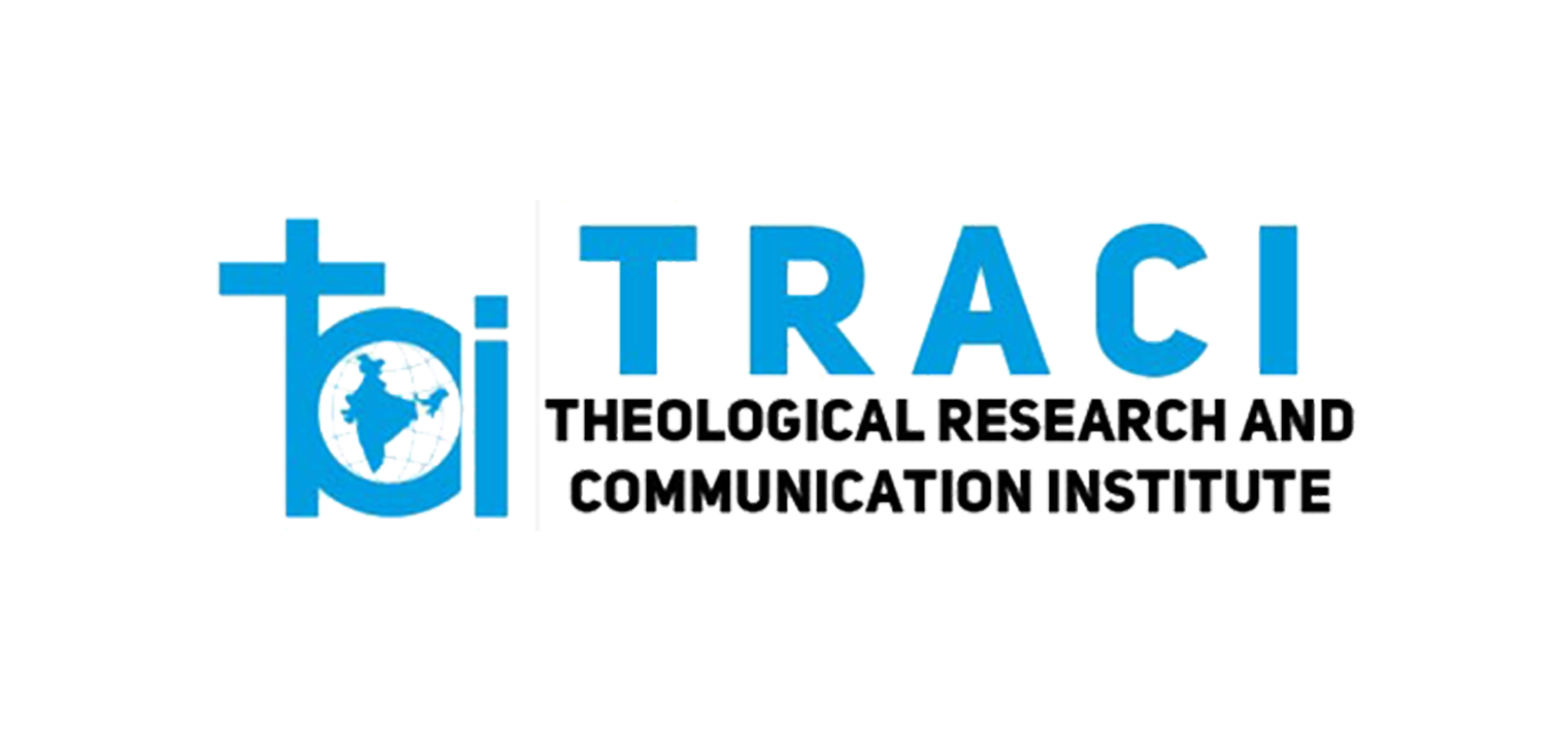The ongoing conflict between Israel and Hamas that began with a brutal terror attack by the latter and the disproportionate retaliation by the former has so far led to the death of about 9,000 individuals including a substantial number of women and children, 25,000 wounded, 200 plus Israeli hostages and the displacement of lakhs of Palestinians. Besides being heartrending, this is a reflection of its intractable nature in finding a lasting solution to one of the protracted political and territorial issues.
The conflict has two key components. First, the Israelis are deeply concerned about the existential threat that they face given the racial, ethnic and religious fault lines; geopolitics of the region, against the backdrop of Arab-Israeli Wars of 1948-49, 1956, 1967, 1973, 1982 and 2006; Hamas’ ideology of viewing the establishment of the State of Israel as illegal. Thus, the Israelis are determined to root out Hamas and its ideology of armed resistance. Second, the lived reality of the Palestinians who are under the yoke of Israel for the last seven decades. They attribute the spiral of violence to its settlements and control over West Bank and Gaza.
The best solution to bring an end to the war and the festering seven-decade conflict is the two-state formula that was envisioned in the Oslo Accords, signed between Israel and Palestine Liberation Organization (PLO) in 1993 and 1995. These Accords provide a roadmap for the resolution of the conflict with the “recognition of Israel to live in peace and the creation of Palestinian Authority (PA) to govern West Bank and Gaza Strip” besides a number of contentious issues including the status of Jerusalem that was to be addressed by the end of 1990s. There was considerable progress in the next few years after signing the Accords whereby Palestinians began to govern themselves in West Bank and Gaza Strip.
Unfortunately, the rise of religious right-wing radicals and those who opposed the two-state solution in Israel and the increasing terror attacks by the Palestinians, particularly Al-Aqsa Intifada that unfolded in 2000, derailed the process. Fatah and Hamas, the two political parties in Palestine have divergent approaches to the resolution of the conflict. While Fatah has been following the path of negotiations after being forced to give up violence in the 1980s, Hamas, especially its military wing, continues to walk the path of terror, making the resolution difficult. Fatah was the dominant political party in both West Bank and Gaza until 2006. Thereafter, Hamas began to strengthen its foothold in Gaza by defeating Fatah. The Palestinians, particularly those who support Hamas in Gaza, are being radicalized to take up arms and unleash brutal attacks on Israel that in turn leads to another round of violence.
The idea and the belief that Israelis and the Palestinians are created in the image of God provide us a distinct lens to approach the conflict, especially in the context of the lives lost on both sides. Loss of life, either Israelis or Palestinians, is tragic and both sides must commit themselves to end the war and violence in all its forms and move towards finding a lasting solution. This is feasible only when those who believe in the ideology of Hamas come forward to recognize the State of Israel and stop terror attacks. Similarly, the Israeli government must loosen its grip and revive the process of two-state solution to its logical conclusion.
The Israelis, as heirs of the First Covenant, having a state of their own, need to facilitate the emergence of a full-fledged Palestinian state and co-exist peacefully as some of the states in Europe and other continents have been doing in the aftermath of the Second World War. Meanwhile, the heir of the Second Covenant, the Christian community including the churches, para-church organizations, think-tanks and NGOs across the world not only pray for the peace of Jerusalem but also strive towards bringing the two warring entities to the negotiating table and walk with them in the pursuit of peace. The passionate articulation by Rev. Dr. Martin Luther King Jr., “injustice anywhere is a threat to justice everywhere”, may be a guiding light in our endevours to ensure that the vestiges of injustice are addressed and strive to see that justice is inclusive and done to all.

| Dr. Varaprasad S. Dolla is Professor in Chinese Studies at The Jawaharlal Nehru University. He is also a Society member of TRACI. |


So happy to read this blog on the Palestinian – Israel issue. A very balanced and mature assessment of a very complex issue. As a Christian viewing the problem through the Biblical lens does not afford us the opportunity to not only not to take sides but also objectively understand and state the truth boldly irrespective of whether it is contrary to the opinion of the majority.
I think Dr Varaprasad has tried to do it and do it well in a short and precise manner. Thank you and may God bless you and use you more in the coming days